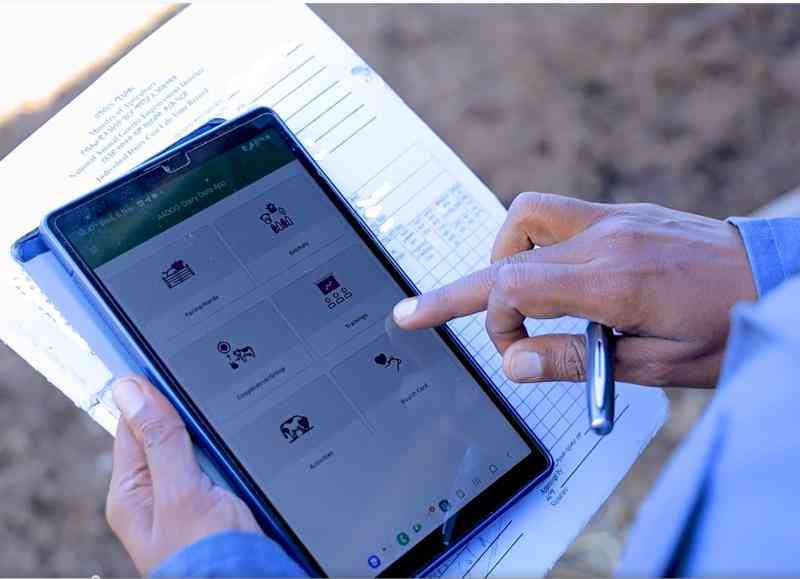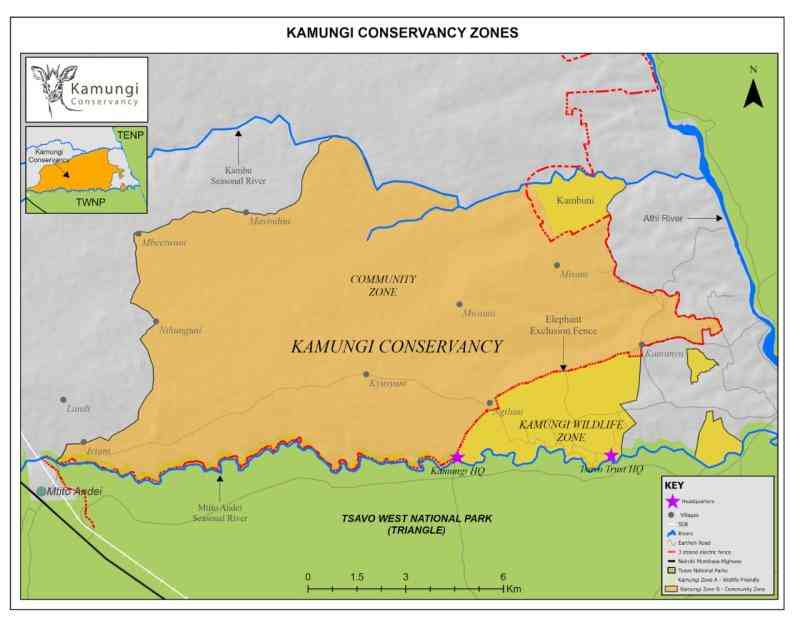Food safety has become a concern to everyone and has implications on health, productivity and food security.
It is estimated by the World Health Organization (WHO) that 1 in 10 people in the world fall ill after eating contaminated food and around 420,000 die each year.
According to a 2018 study by WHO, roughly 1,140 lives per 100,000 lives are lost due to food borne diseases in Kenya. Apart from personal suffering for affected consumers, consumption of unsafe food increases public health costs for governments, reduces productivity of workers, and causes disruptions of food markets for business operators.
Food safety failures can potentially impose costs on producers and the entire food supply chain. For instance, affected businesses might incur costs in recalling products or face a loss of market access both domestic and foreign markets. In terms of development, the World Bank estimates Kenya loses an equivalent of 1.14 percent of the GDP due to the consumption of unsafe food. A 2018 study by 3R estimates the total annual public health costs in Kenya linked to consuming unsafe milk alone are estimated to be KES 436 billion.
The United Nations Sustainable Development Goal 2 that aims to end hunger and achieve food security cannot be achieved without factoring in the safety of what we consume. Notably, the Kenya Government through the Big Four Agenda development plan acknowledges the importance of food and nutrition security as one of the main development pillars. Food Nutrition and Security can only be realized only when the essential elements of a healthy diet are safe to eat.
In Kenya, food safety has received inconsistent policy attention and limited investment. Actions are normally reactive to major foodborne disease outbreaks rather than preventative. In well-functioning markets, there are strong incentives for the private sector to supply food that meets government regulatory standards and consumer demands for safety.
However, in less developed markets where law enforcement is weak and consumer awareness and participation limited, food safety easily falls to the wayside. This problem becomes even more pronounced where supply chains become long, more impersonal and less traceable and in the event of food poisoning, consumers often have no way of identifying the source of contamination.
While food safety is inherently a public good, the government alone will not address the issue. Food safety is a shared responsibility of all stakeholders - farmers, food handlers and distributors, food manufacturers, food service operators, consumers, regulators, scientists, educators, and the media. The safety of food is the result of the actions or inactions of many stakeholders operating under diverse conditions and circumstances. .
Consumers have a greater role in the quality of food sold to them by asking for more nutritious and safer food choices. In articulating these demands, they become agents of quality control. Well informed and empowered consumers not only protect their own interests, but they also benefit the wider market by enforcing market discipline which encourages producers to compete on the basis of quality of goods.
Farmers have to apply Good Agricultural Practices because investment in food safety practices enables them to tap more remunerative markets. Sellers of produce have to apply Good Distribution Practices, and manufacturers have to apply Good Manufacturing Practices. Food operators have to adhere to either national (mandatory) standards for compliance with regulations, avoid recalls and reputational losses, and reap competitive gains.
Government’s approach to food safety must change - policing and controlling is expensive and ineffective. Government thus needs to play a more facilitative role by ensuring education and awareness for stakeholders.
Public-private partnerships can also serve as an avenue for addressing food safety with the public sector investing in food safety infrastructure to lower the barriers to entry for the private sector. An informed private and public sector will provide a self -checking, self- sustaining system and robust food safety system. Also, the government in collaboration with CSOs needs to provide consumers with food safety information through public awareness to become agents through their actions. Therefore, addressing the food safety problem will require a concerted effort from all the consumers, value chain actors and government.
The World food safety day is to be commemorated for the second time on 7th June 2020, let us all embrace the shared responsibility we all hold in ensuring food safety as producers, processors and consumers. Food safety is everyone’s business.
Voice for Change Partnership, SNV
Want to get latest farming tips and videos?
Join Us
 The Standard Group Plc is a multi-media organization
with investments in media platforms spanning newspaper print operations,
television, radio broadcasting, digital and online services. The Standard Group
is recognized as a leading multi-media house in Kenya with a key influence in
matters of national and international interest.
The Standard Group Plc is a multi-media organization
with investments in media platforms spanning newspaper print operations,
television, radio broadcasting, digital and online services. The Standard Group
is recognized as a leading multi-media house in Kenya with a key influence in
matters of national and international interest.
 The Standard Group Plc is a multi-media organization
with investments in media platforms spanning newspaper print operations,
television, radio broadcasting, digital and online services. The Standard Group
is recognized as a leading multi-media house in Kenya with a key influence in
matters of national and international interest.
The Standard Group Plc is a multi-media organization
with investments in media platforms spanning newspaper print operations,
television, radio broadcasting, digital and online services. The Standard Group
is recognized as a leading multi-media house in Kenya with a key influence in
matters of national and international interest.






